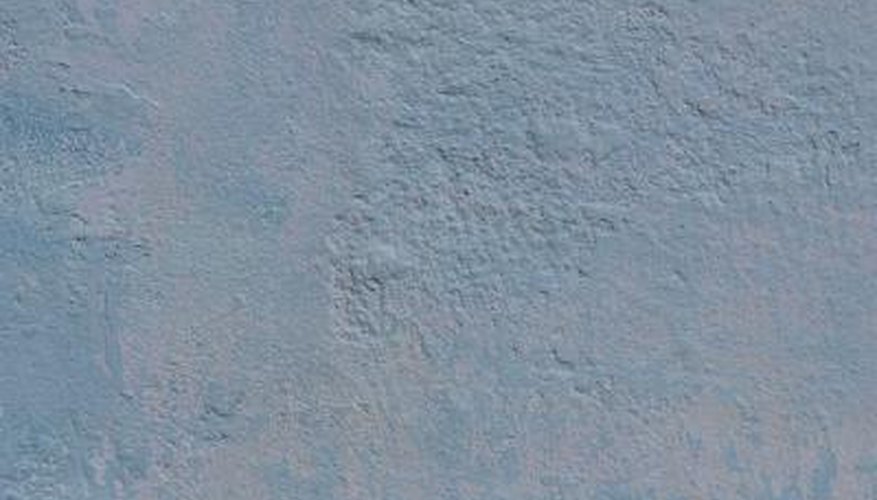Plaster is made of several layers that usually consist of lime, sand and concrete that has been mixed with water. Although plaster may appear durable upon first inspection, it is easily damaged and prone to cracking. Aside from being unsightly, cracks enlarge over time and result in a more serious problem. Fortunately, repairing a cracked plaster wall typically takes less than one hour and requires only readily-available materials.
Remove loose plaster and any loose texture that surrounds the crack with a putty knife.
- Plaster is made of several layers that usually consist of lime, sand and concrete that has been mixed with water.
- Remove loose plaster and any loose texture that surrounds the crack with a putty knife.
Apply a strip of self-adhering fibreglass wallboard tape across the entire length of the crack to prevent the crack from later enlarging.
Apply a thin layer of either spackle or wallboard compound across the wallboard tape with the putty knife. Press the spackle or compound into the tape in a swiping motion. Ensure that the spackle or compound covers the entire piece of tape.
Allow the spackle or compound to dry.
Sand the patched area with sandpaper until the patch is smooth.
Seal the patch with primer paint and allow the paint to dry.
Apply texture paint to the patched area to recreate the surrounding area. The manner in which the paint is applied determines the texture of the paint. Experiment by applying the paint to a piece of heavy cardboard with a roller brush, a paintbrush, a trowel, a whisk broom and a sponge until the correct texture is found, then apply the paint to the patch using the appropriate method.
